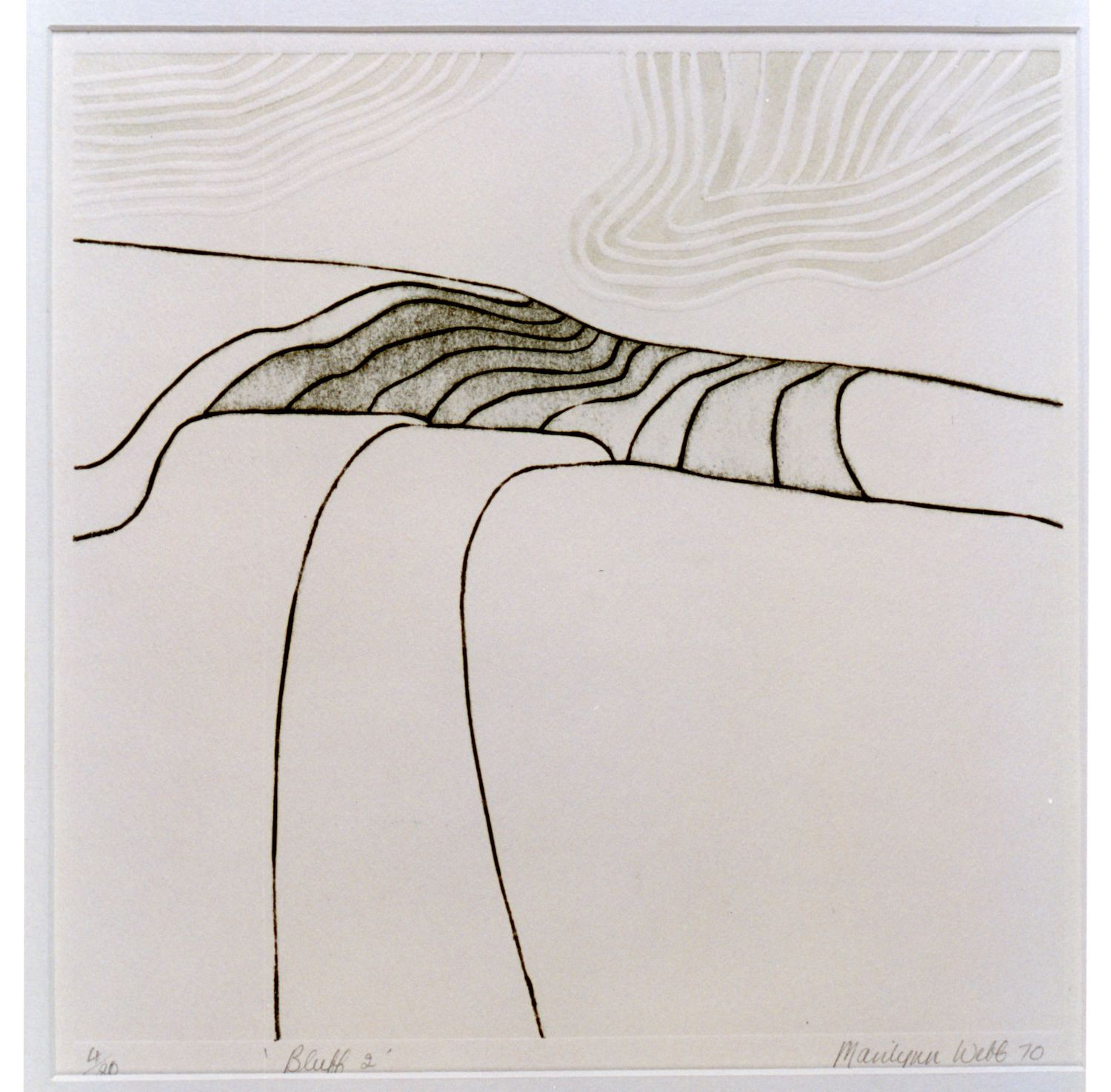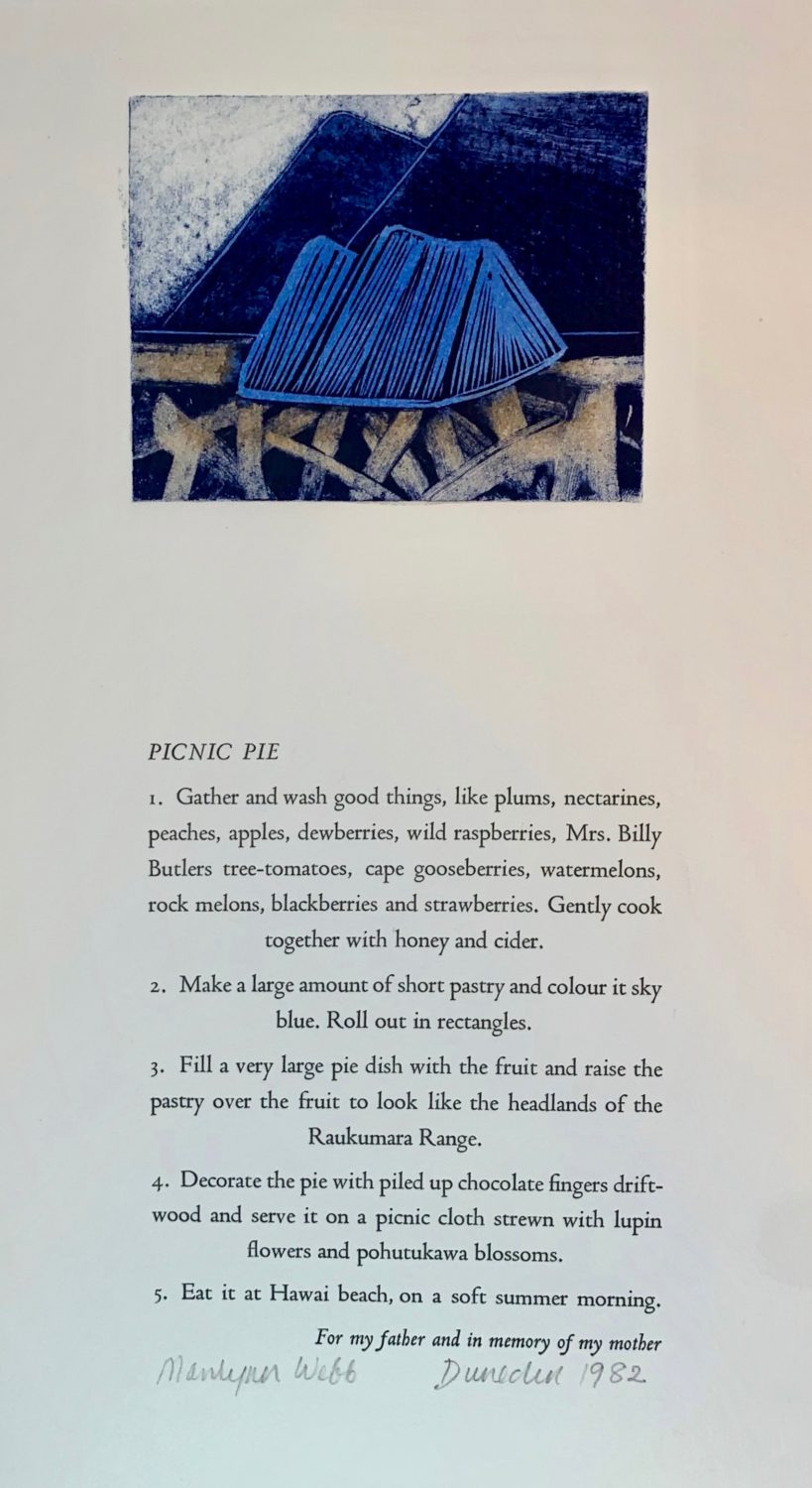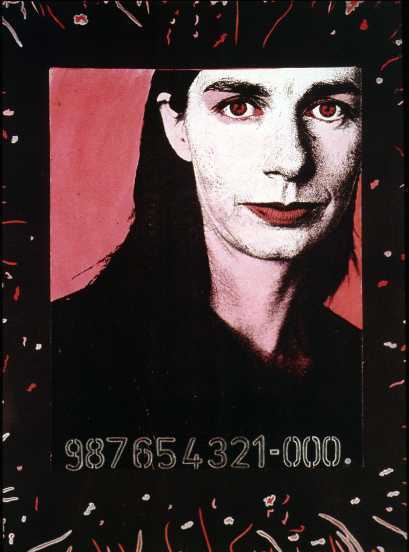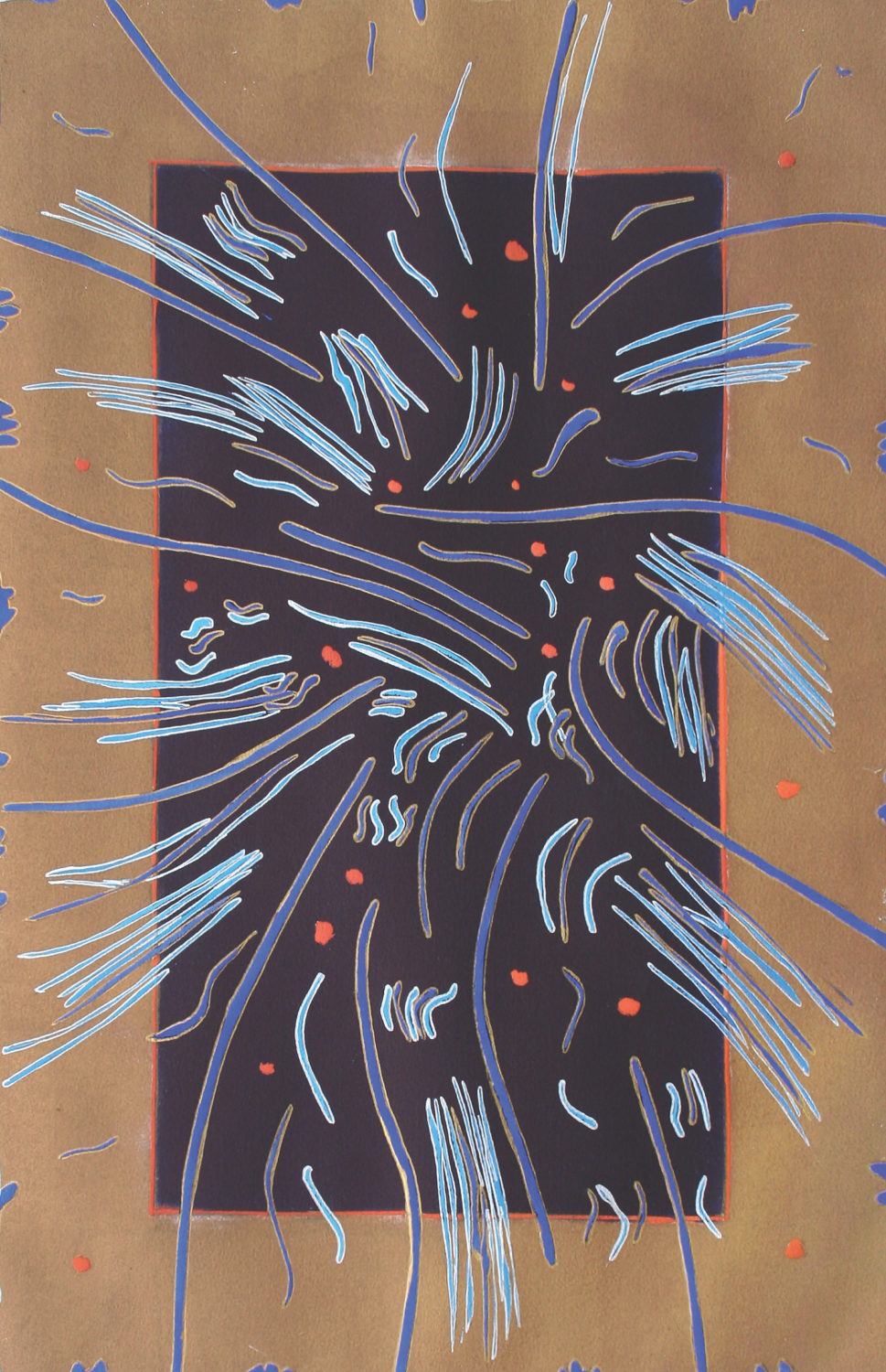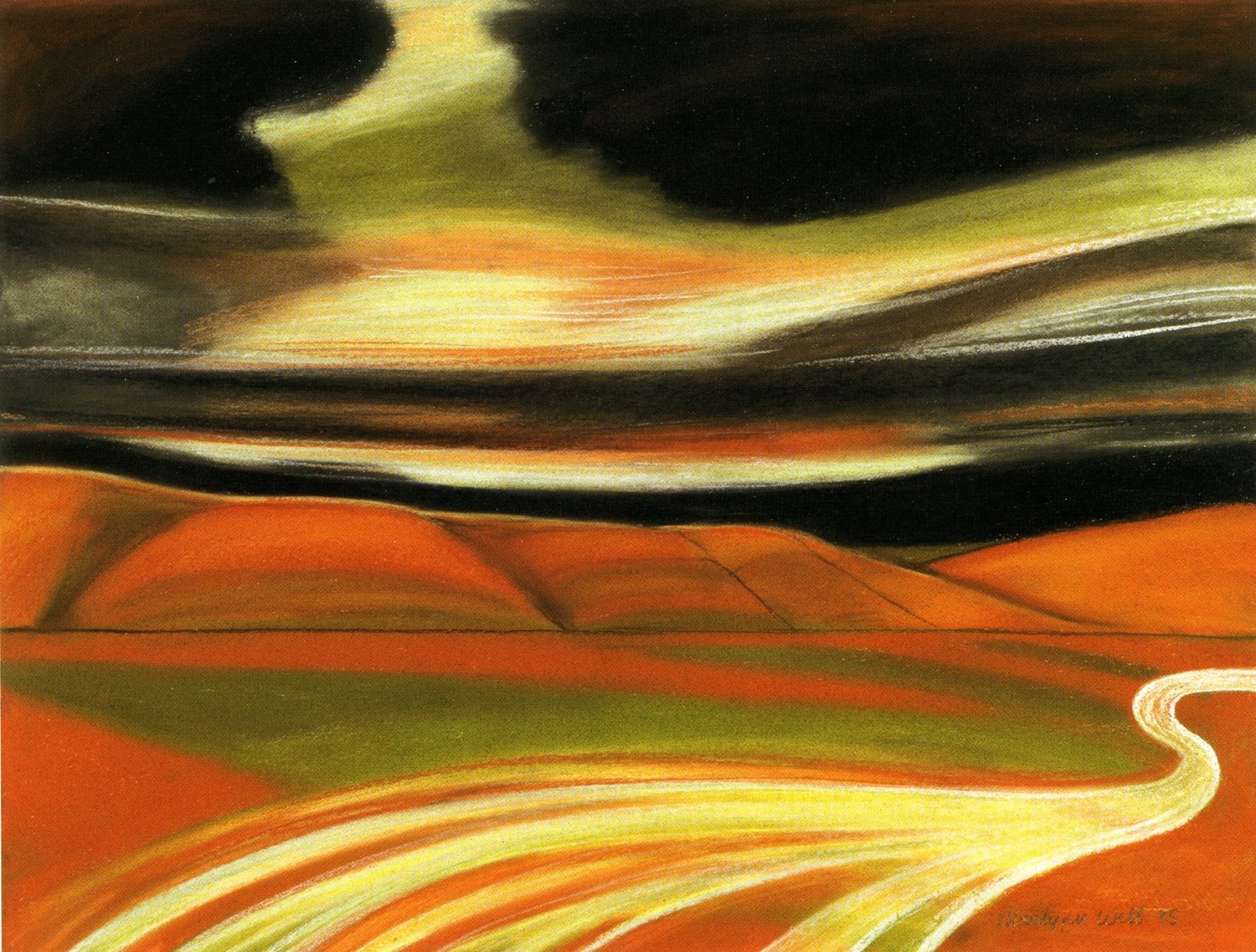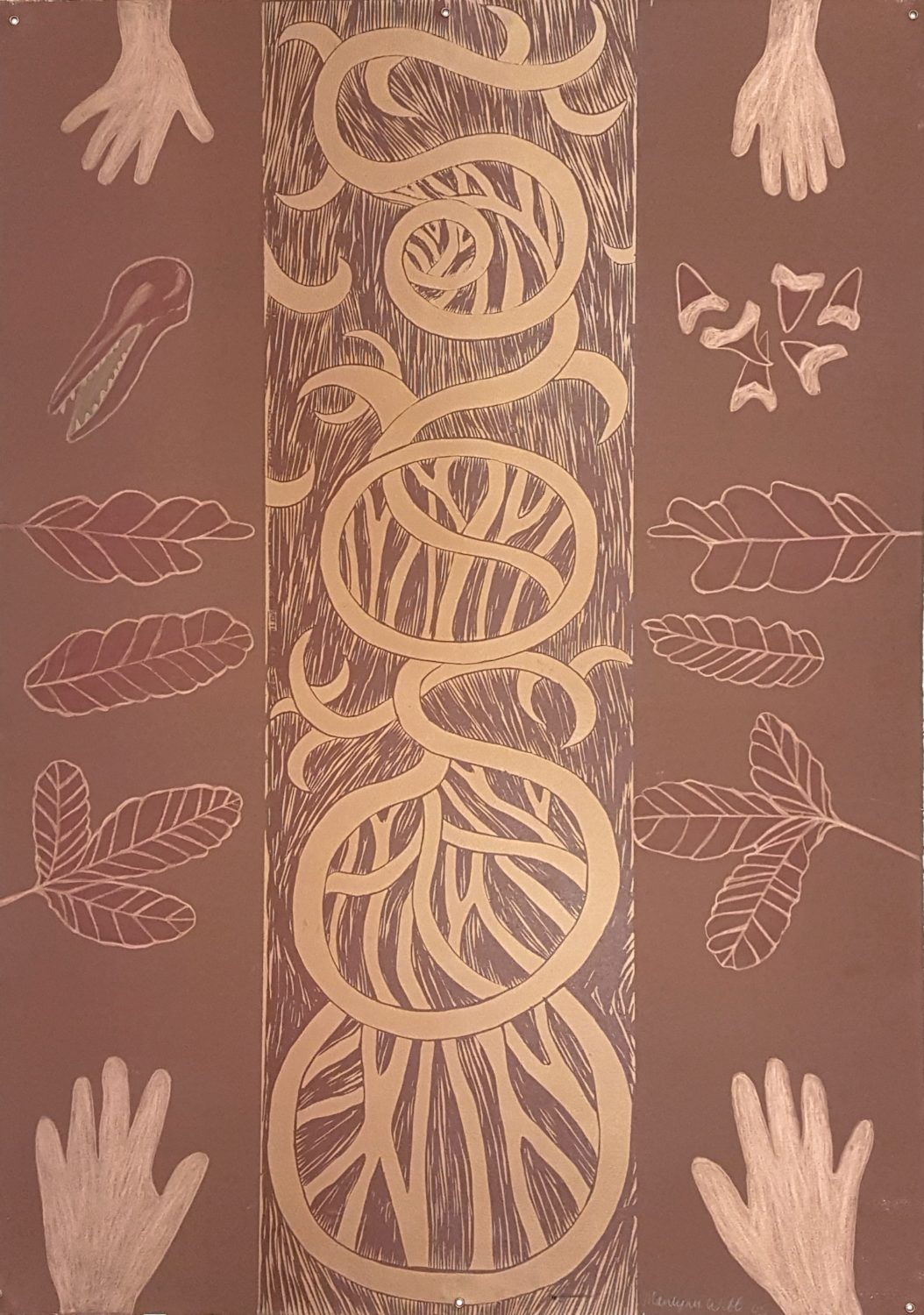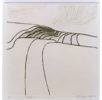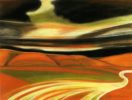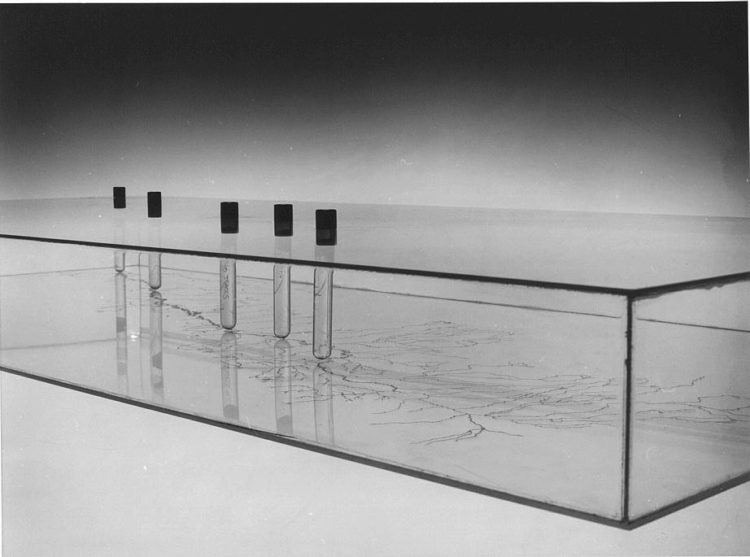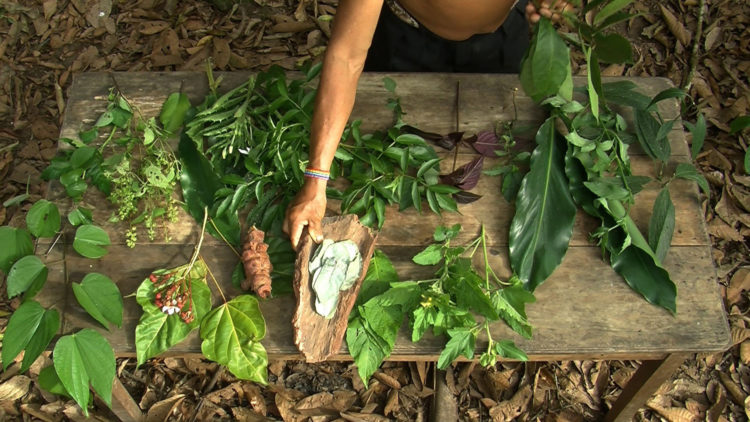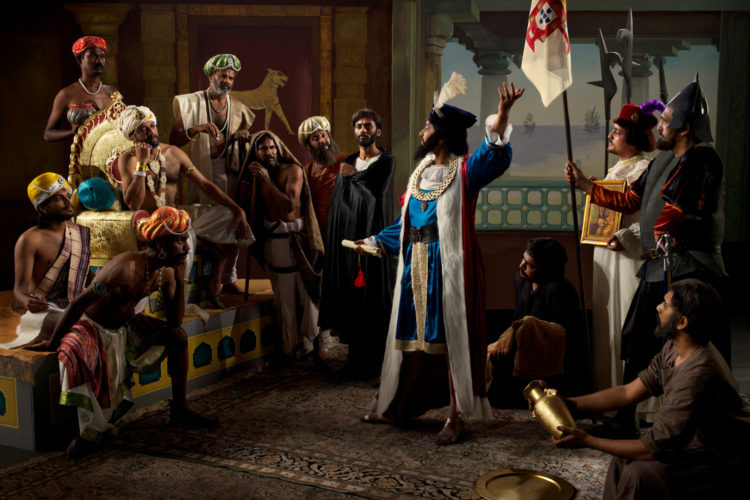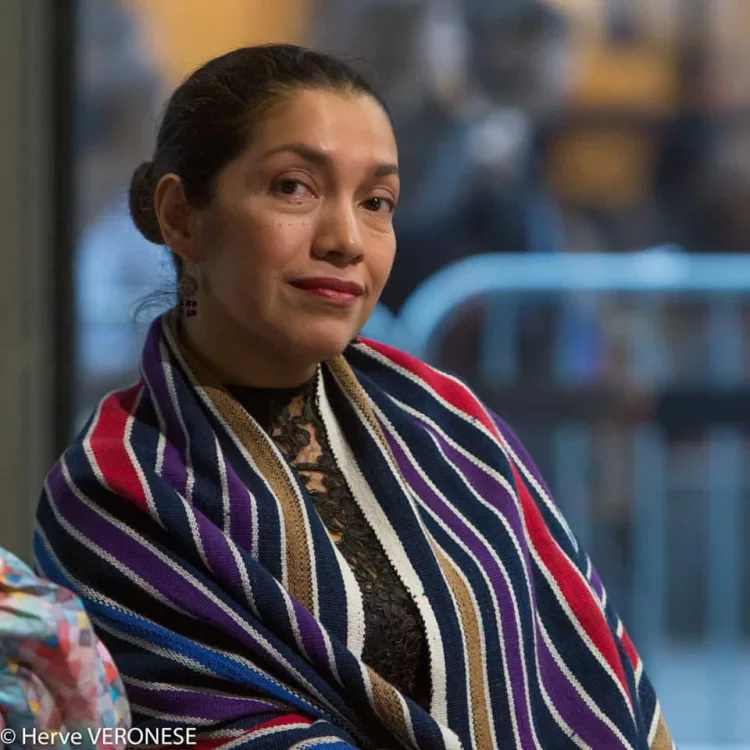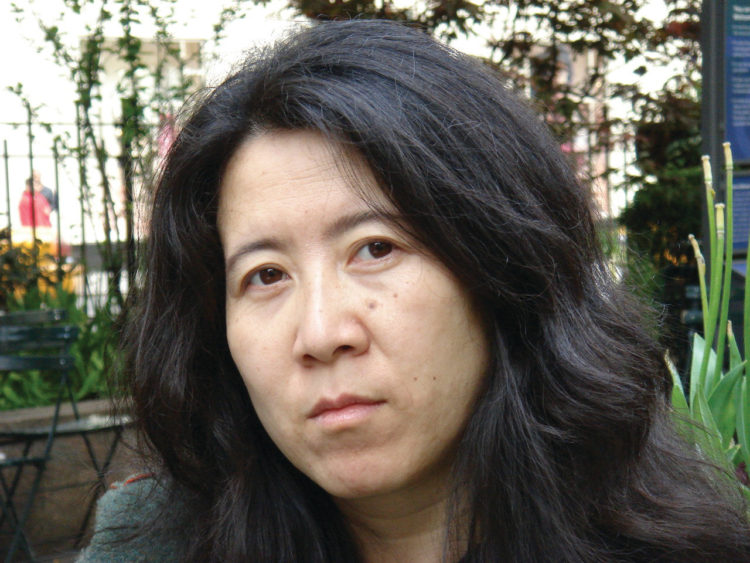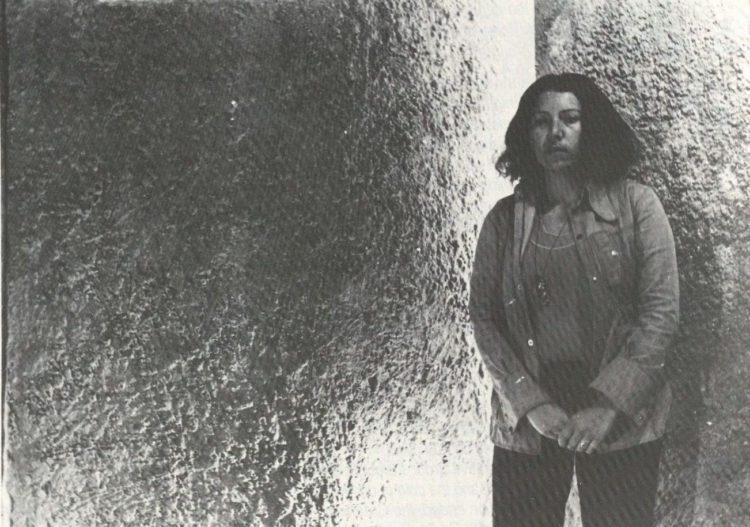Marilynn Webb
Lonie Bridie, Webb Marilynn, Marilyn Webb Prints and Pastels, Dunedin, University of Otago Press, 2003
→Fusco Cassandra, “Re-Sighting Southland: In Hodges’ Wake at Invercargill”, Art New Zealand, Issue 91, Art New Zealand Press, Auckland, 1999
→Evans Marian, Lonie Bridie, Lloyd Tilly, A Women’s Picture Book: 25 Women Artists of Aotearoa New Zealand, Wellington, GP Books, 1988
In Hodges Wake, Southland Museum & Art Gallery, Invercargill, 1998
→Heartland, Dunedin Public Art Gallery (DPAG), Dunedin, July 1992; Robert McDougall Art Gallery, Christchurch, April-May 1993; Bishop Suter Art Gallery, Nelson; Dowse Art Museum, Lower Hutt; Waikato Museum, Hamilton; Forrester Gallery, Oamaru, 1995
→Taste Before Eating, Dowse Art Museum, Lower Hutt, 1982
New Zealand printmaker.
Marilynn Webb is of Maori (Ngāti Kahu, Te Roroa) and European descent. She trained as a teacher and an art advisor at Dunedin College of Education and King Edward Technical College in New Zealand under the influential Gordon Tovey scheme.
Webb’s printmaking practice developed around the demands of teaching and travelling as an arts advisor. She invented her particular form of linoleum engraving and surface printing. Her early land-based artworks are marked with incised lines that describe fluid forms, rich tonality of surface printing and crisp embossing. These early prints, inspired by the Northland Hokianga region, speak of her connection to the area through her matrilineal Maori heritage.
Working in remote Northland schools and urban Auckland was interspersed with periods of study leave in England, Spain, North Africa and Australia, but Dunedin has been her home since 1974 when she was awarded the Frances Hodgkins Fellowship by the University of Otago.
The 1982 exhibition Taste Before Eating was commissioned by James Mack, director of the Dowse Art Museum in Lower Hutt. M. Webb made large monotypes of landscapes as recipes, fusing political and ecological concerns with wit and memories of broadcaster and iconic cook Aunt Daisy. The print Mining Crumble went on to tour in World Print 4, an international printmaking exhibition initiated by the Museum of Modern Art, San Francisco that travelled throughout the USA for eighteen months from 1985.
Throughout her long career M. Webb has participated in numerous international graphic art exhibitions and received the 1988 International Art Competion Pastel Award in New York for her Being in the Maniototo Suite. Here the Maniototo Plain translates to fields of slippery blood and the braided rivers carry memories of ancient battles.
Her art is both specific to place and histories, but at the same time conjures up the poetics of dreaming: land/whenua and water/wai have always been central. The artworks are almost always on paper, for which she has a deep affinity. Pastels are hand rubbed-in, watercolours are floated-on, and the certainty of the incised mark of a woodcut is embossed.
The major retrospective Heartland was held at the Dunedin Public Art Gallery in 1992, examining the previous twenty-five years of her career. Much of her later work deals with remote and endangered landscapes, Central Otago, Fiordland, Southland and Stewart Island/Rakiura. The Eastern Southland Gallery, Southland Museum and Art Gallery, and the Department of Conservation were partners in these projects, with the latter providing access to remote locations such as Dusky Sounds/Tamatea. These pastel drawings and colour reduction woodcut prints pay tribute to these beautiful places but also act as reminders of the layering of histories.
William Hodges, artist on Captain Cook’s second voyage, drew the first European images of this area. In the 1998 series In Hodges Wake, M. Webb revisited W. Hodges’ “noble savage”, floating him in a ground of Pounamu greens, layered over with ferns and Maori place names. Through this process, a European viewpoint becomes a Pacific print.
Marilynn Webb has also been named Officer New Zealand Order of Merit, 2000, and been awarded an Honorary Doctor of Laws, Otago University, 2010, and received the Ngā Tohu ā Tā Kingi Ihaka, Te Waka Toi/CNZ Award, 2011, and the Te Tohu Aroha mō Te Arikinui Dame Te Atairangikaahu, Maori Arts Supreme Award in 2018.
Publication made in partnership with Contemporary HUM, with funding from Creative New Zealand.
© Archives of Women Artists, Research and Exhibitions



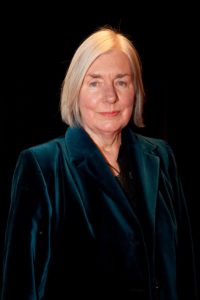
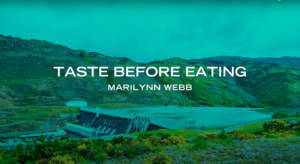 Lucy Hammonds on Marilynn Webb | Dunedin art Museum
Lucy Hammonds on Marilynn Webb | Dunedin art Museum 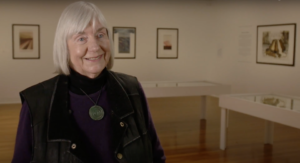 Marilynn Webb on her exhibition at the Dunedin art Museum
Marilynn Webb on her exhibition at the Dunedin art Museum 